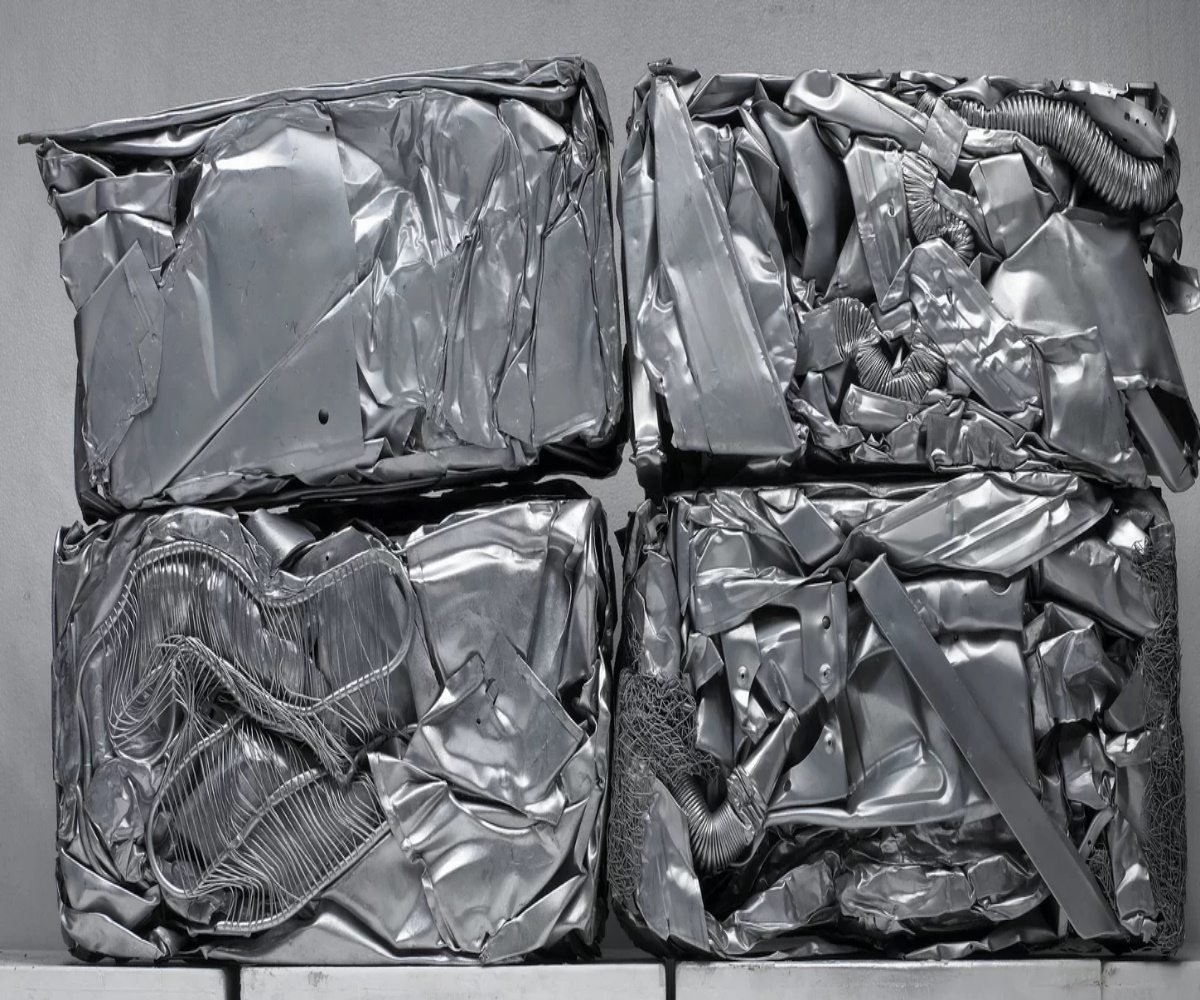Difference between aluminium tense scrap, taint/tabor scrap and twitch scrap: A buyer's guide
Admin
2024-12-23
Aluminium scrap is the most valuable and versatile commodity in the recycling industry. Aluminium is light, strong and recyclable. Therefore, it is an essential material for many industries, including the automotive and construction sectors. However, not all aluminium scrap is created equal.
For successful buying in the aluminium marketplace, buyers need to understand the different types of scrap and their characteristics. So it's time we have a look at three of the most common types of aluminium scrap: Tense Scrap, Taint/Tabor Scrap and Twitch Scrap.
Aluminium scrap and its importance
Aluminium scrap can be obtained from manufacturing processes, post-consumer products and other construction materials. Recycling aluminium not only conserves natural resources but also involves 95% less energy than producing primary aluminium. This makes it a commodity in high demand around the world.
Out of several categories of aluminium scrap, knowing which one is tensile scrap and which one is taint/tabor scrap or twitch scrap can make a world of difference in deciding whether to buy something through an aluminium marketplace.

Tense scrap
It mainly consists of clean castings of aluminium coming from car parts such as engine blocks, transmission housings, wheels and even more items. It contains the following:
- Composition: Tense scrap is mixed with silicon or magnesium alloys to harden and strengthen it because it's an aluminium casting.
- Condition: Tense scrap needs to be clean of dirt, iron, steel or other impurities to achieve maximum purity in the recycling process.
Applications:
Tense scrap is applied for industries with applications that demand heat resistance and toughness, for example:
- Automobile manufacturing: Old aluminium waste or scrap is re-melted and remanufactured into new automobile body parts.
- Engineering machinery: Useful in the construction of structural components of big machinery.
- Building construction: Used in building and construction works where the product will not be exposed to water.
Taint/tabor scrap
This is the clean, mixed, old alloyed aluminium sheet scrap. Generally, they comprise aluminium sheets painted, coated or lacquered. Both taint and tabor scrap are sourced from products such as:
- Building claddings
- Aluminum siding
- Defunct appliances
Composition:
Taint/tabor scrap is usually alloyed with zinc or copper and may have coatings or minor impurities. Despite these inclusions, it is still a good source of recycling due to its high aluminium content.
Applications:
This type of scrap is very versatile and has its applications in:
- Sheet extrusion: Taint/tabor scrap is melted and processed into new aluminium sheets.
- Container and packaging fabrication: Because of its light weight and ease of forming, it is a popular choice for packaging solutions.
- General fabrication: Used in a wide range of industrial and consumer products.
Twitch scrap
Twitch scrap is made up of aluminium shred, primarily derived from post-consumer sources such as:
- Used beverage cans
- Automotive shredder residue (ASR)
- Household appliances
Characteristics:
- Mixed grades: Twitch scrap is a collection of different grades and types of aluminium with minor impurities in the form of non-aluminium materials.
- Magnetic separation: The primary process of Twitch is the use of eddy current separators for ferrous contaminants, such as steel.
- Lightweight: Because it mainly consists of light and thin products, twitch is ideal for high-tonnage recycling.
Applications:
Twitch scrap is used in:
- Secondary aluminium production: Recycled Twitch scrap is melted and refined to produce ingots for industrial purposes.
- Automotive components: The lightweight aluminium from Twitch is reused for automobile manufacturing.
- Consumer goods: Utilised for the manufacture of consumer goods, such as utensils, foil and packaging materials.
Other kinds of aluminium scrap. Other than tense, taint/tabor and twitch scrap, there are other kinds that the buyers must consider:
- Cast scrap: Like tensile scrap, it can have impurities like steel or rubber. It is mainly used by heavy industries and for automotive purposes.
- Extrusion scrap: Clean and unpainted aluminium profiles from window frames and structural components. The scrap profiles are recycled into construction and industrial applications.
- Foil scrap: Thin aluminium foils usually come from food packaging and household items. It is used in secondary processing to create sheets or containers.
- Sheet scrap: Aluminium flat sheets, usually taken as leftovers from industries or buildings. These are mostly used in sheet rolling and extrusion processes.
Tips for buying in the aluminium scrap market
Buyers of aluminium scraps must take the following points into consideration:
- Quality standards: The scrap should meet industry standards. High purity is often required in most applications.
- Supplier reputation: Engage suppliers who are trusted and have accurate grading and clear pricing.
- Market trends: Prices of aluminium scrap vary with the market trends due to disruptions in supply chains and changes in global demand.
- Sustainability goals: Buyers must choose scrap sources that fit within their sustainability goals, minimising environmental impact.
Navigating the aluminium marketplace requires a good understanding of many scrap types. Examples include tense, taint/tabor, and twitch. Each has unique features that make it appropriate for some industrial applications. Buyers can gain insight into the differences in types of cast, extrusion, foil, and sheet scrap, helping them make more informed decisions and maximise the value of their investments.
Categories
Raw Materials
Scrap
Consumables
Primary Aluminium
Secondary Aluminium
Equipment
Technology
Downstream Products
Finished Products
Utilities
Services
Others
Recent Blogs
Subscribe to newsletter
Connect with us











